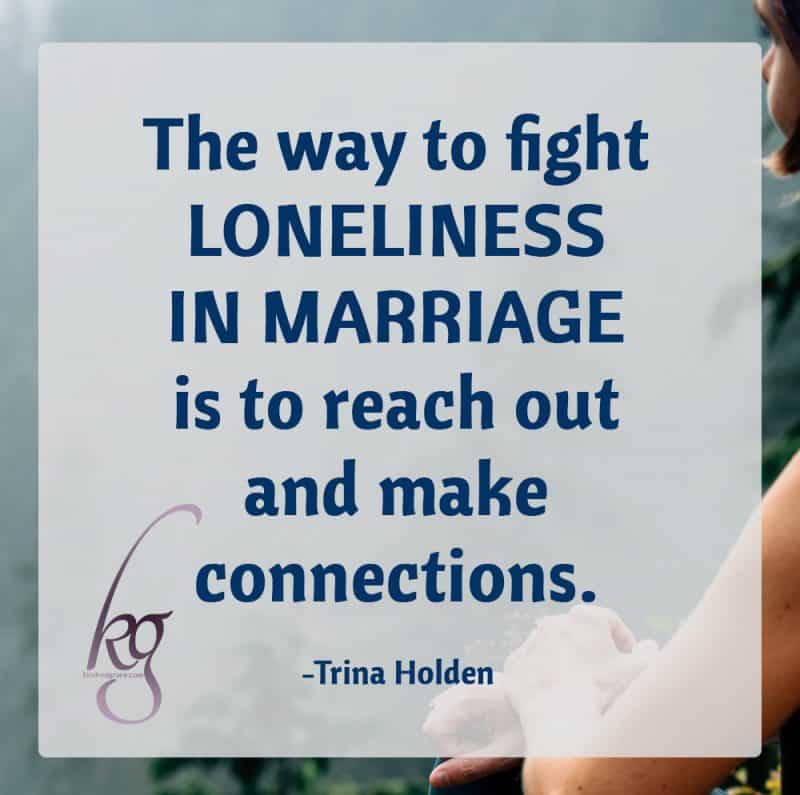Marriage is often described as a place of safety and love, where two people build a life filled with companionship, intimacy, and shared responsibility. But what happens when that life becomes too closed off—when spouses gradually shut out the outside world and live only for each other and their children? This is the reality of an isolated marriage.
At first, it looks admirable. Two people focused on family, protecting their home from distractions, and staying committed. From a distance, it can even appear picture-perfect. Yet behind the walls, isolation slowly suffocates the relationship. Instead of being a warm and thriving home, the marriage becomes a lonely island.
“An isolated marriage may look peaceful from the outside, but inside it often carries the weight of loneliness.”
Think of a couple who rarely connect with others. They spend evenings eating dinner together, helping their kids with homework, scrolling through their phones, and then going to bed. Weekends look the same—no gatherings, no dinners out, no engagement with community. Their whole world shrinks to their children and each other.
At first, this seems fine—they’re present, they’re devoted, they’re “doing things right.” But soon cracks begin to show. Conversations repeat themselves because there are no new experiences. Each spouse carries unspoken burdens, and frustration spills over. Children, though loved, feel pressured to become their parents’ only source of joy.

The Hidden Costs of Isolation
While an isolated marriage might seem stable, the costs beneath the surface are heavy. Here are four common struggles couples face:
- Unrealistic Expectations – When outside relationships fade, all needs—emotional, social, and personal—fall on one spouse. But no one person can be everything. When expectations go unmet, frustration builds, and small issues feel bigger than they are.
- Loss of Perspective – Without outside voices—whether supportive friends, mentors, or family—a couple risks repeating the same arguments and making decisions without perspective. Fresh wisdom is lost, and the relationship feels stuck in cycles.
- Generational Echo – Children learn by watching. In homes where parents cut themselves off, kids may grow up fearing openness or struggling to build lasting friendships. This cycle of isolation often repeats into their adult lives and marriages.
- Emotional Burnout – When spouses are each other’s only companions, the relationship can feel draining instead of fulfilling. The home begins to feel like a cage rather than a safe space. Emotional loneliness grows, even when sleeping in the same bed.
“When couples close themselves off from the world, the walls of home become too tight, and love inside begins to suffocate.”
Isolated Marriage and How to Reconnect
The good news? Isolation doesn’t have to define a relationship forever. Any couple can rebuild a connection, but it takes intentional steps. Here are practical ways to reconnect:
- Rebuild Friendships – Reach out to old friends, accept invitations, or invite someone over for a simple meal. Small gestures lighten the load inside the marriage.
• Engage in Community – Volunteer together, join a local group, or take part in hobbies that involve people. Shared experiences outside the home bring freshness back inside.
• Encourage Individuality – Healthy marriages give spouses room to grow individually. When each person has friendships and interests of their own, they return to the relationship with renewed energy.
• Model Connection for Children – Let kids see you open your home, laugh with friends, and celebrate with others. This teaches them that relationships beyond family are not only safe but also enriching.
• Seek Guidance – Counselling, mentorship, or trusted peers provide new insights that couples may miss when they’re too close to the problem.
In many communities, couples who once lived in isolation discovered joy again by taking small steps outward.
- One pair who rarely saw anyone outside their home began hosting monthly dinners. At first, it felt uncomfortable. But slowly, laughter filled the room, children made friends, and conversations deepened. What once felt like a closed cage became a space of warmth.
• Another couple chose to join a class together—something as simple as cooking lessons. Suddenly, they had new stories to share, new skills to practice, and something fresh to laugh about.
• In long-distance situations, some couples found life again through technology. Regular video calls with family or friends helped keep them connected beyond the four walls of home, relieving the pressure of relying only on each other.
Practical Daily Choices
Breaking isolation isn’t about grand changes overnight. It’s about small, consistent actions that open space for love to breathe again.
- Plan a couple of outings with friends for shared joy.
• Create family traditions with others—seasonal meals, birthday celebrations, or simple game nights.
• Join a book club, workshop, or class together to spark fresh ideas.
• Use digital tools wisely to keep long-distance bonds alive.
• Share your struggles with trusted people—openness lightens the weight.
• Encourage one another’s personal friendships and hobbies without guilt.
These habits make the marriage lighter, fresher, and more resilient.

“Love was never meant to exist in isolation. A marriage thrives when spouses open their doors to friendships, community, and shared experiences beyond the home.”
Marriage was never meant to shrink your world. It was designed to strengthen you as you move through it. By widening your circle of support, you not only enrich your marriage but also teach your children the value of healthy connections.
When couples choose community over isolation, their homes fill with laughter, wisdom, and joy. They lift unnecessary pressure off one another and rediscover intimacy. Love flourishes—not in closed spaces, but in open ones where support flows freely.
From every corner of the world, the lesson is the same: when spouses reconnect with life beyond their walls, their marriage transforms from a lonely island into a thriving space of love, laughter, and lasting strength.




